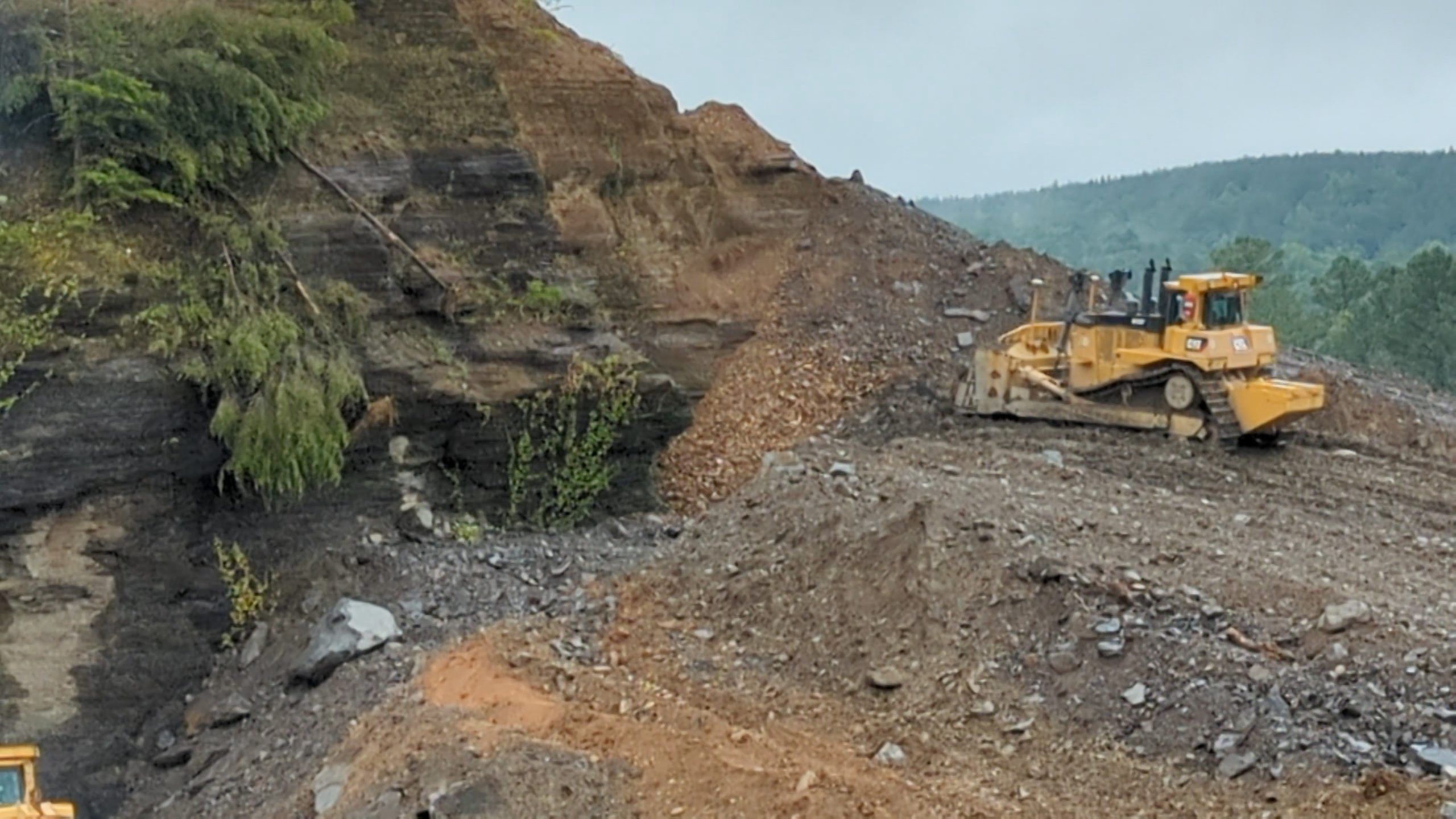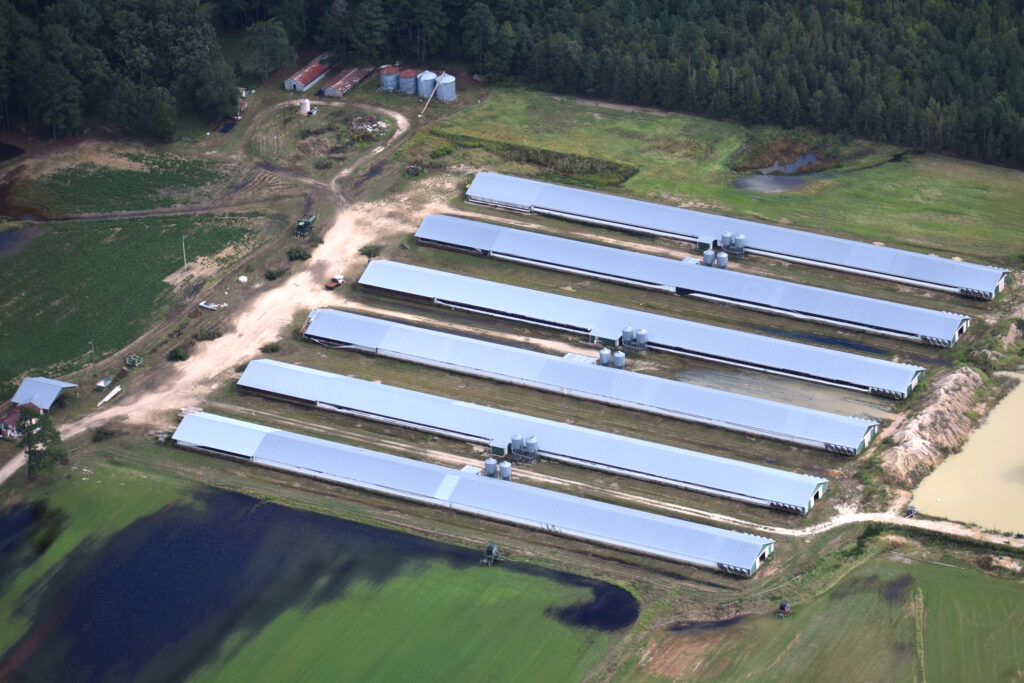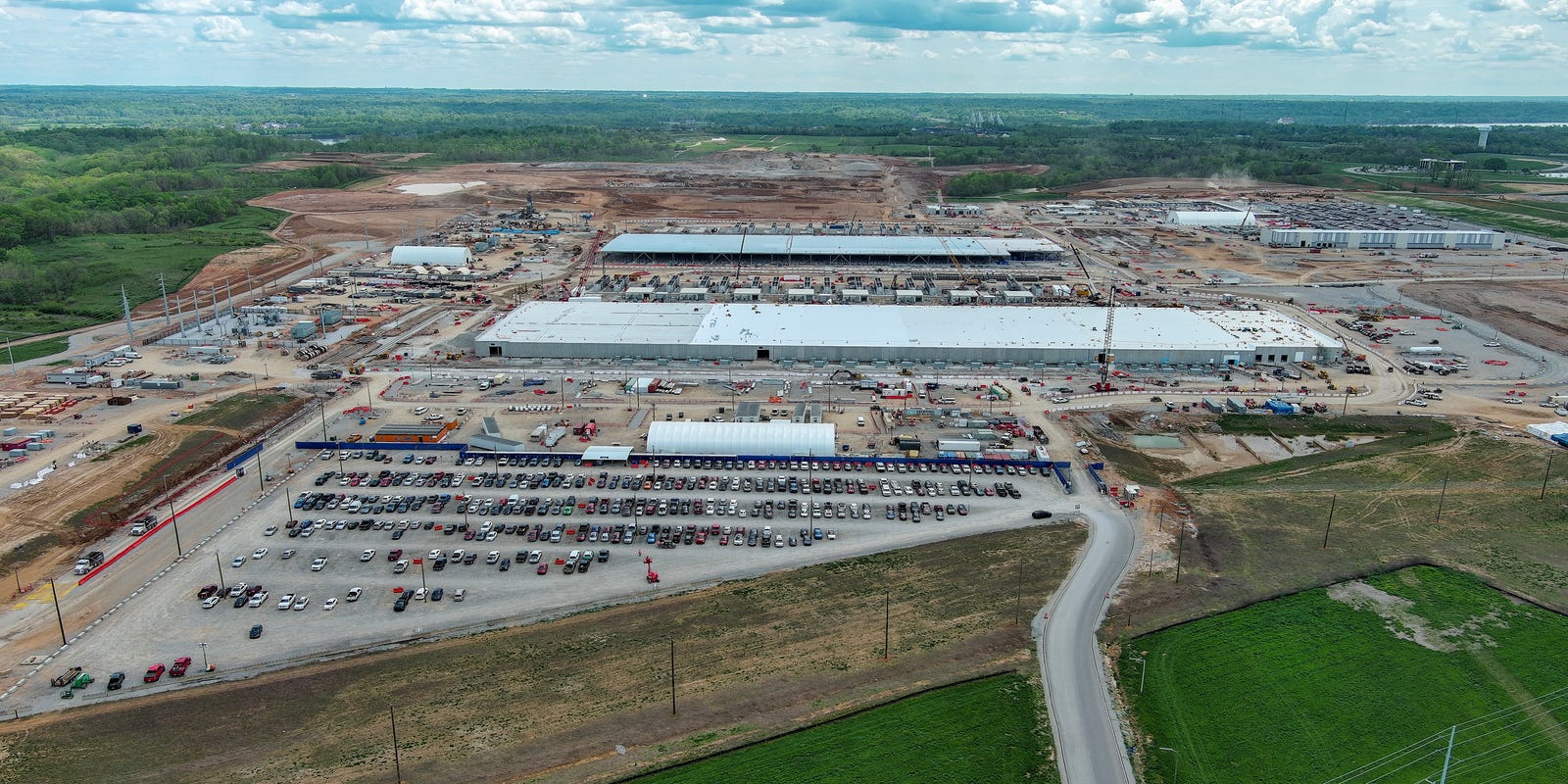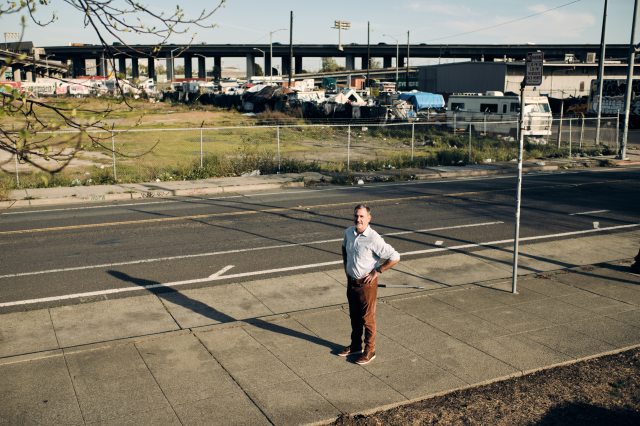Transforming Communities: Alabama's Bold AML Initiative Tackles Environmental Cleanup and Job Creation

Alabama Transforms Abandoned Mining Sites, Prioritizing Community Safety and Environmental Renewal
In a groundbreaking initiative, the Alabama Department of Workforce (ADOW) Abandoned Mine Land (AML) Program is making significant strides in reclaiming and revitalizing former coal mining landscapes across the state. Through strategic federal funding, the program is systematically addressing long-standing environmental hazards and creating safer, more sustainable communities.
The AML Program represents a critical effort to heal the scars left by decades of unregulated mining activities. By methodically identifying and remedying dangerous sites, ADOW is not only protecting local residents from potential geological risks but also restoring natural ecosystems that have been disrupted by industrial legacy.
"Our commitment goes beyond mere cleanup," said a senior ADOW representative. "We're rebuilding community trust, promoting environmental stewardship, and transforming potentially dangerous landscapes into opportunities for future development and conservation."
The program's comprehensive approach involves detailed site assessments, targeted reclamation efforts, and long-term environmental monitoring. Each project aims to eliminate safety risks, prevent potential environmental contamination, and restore natural habitats to their original, sustainable condition.
As Alabama continues to invest in its environmental future, the AML Program stands as a testament to the state's dedication to responsible land management and community well-being.








